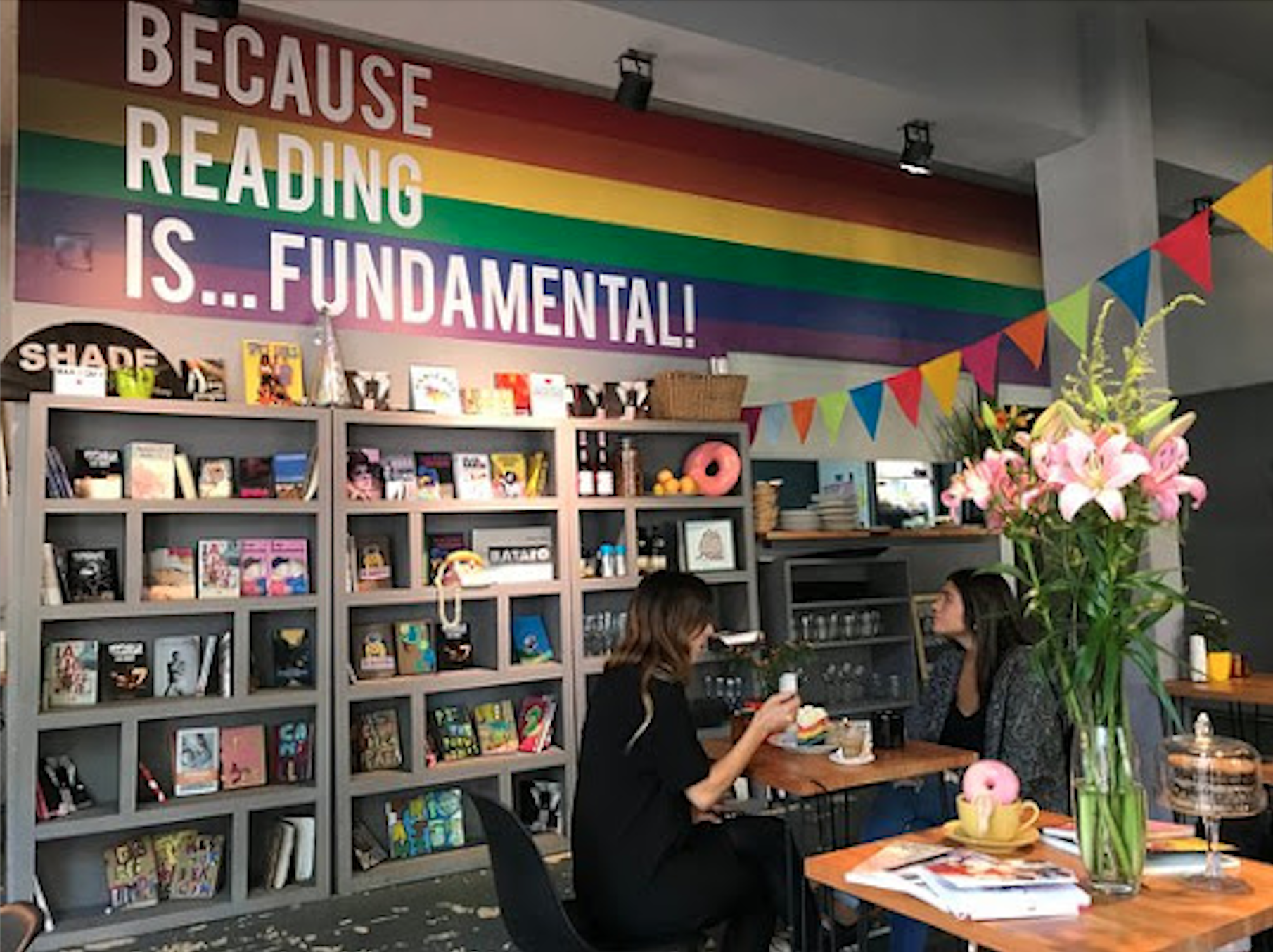In South America, there’s no better place to begin your college experience than Buenos Aires. It’s an incredibly diverse city, drawing people from around the world and featuring some of the best museums and galleries you’ll find anywhere. With close to 100,000 college students, Buenos Aires is a place where you won’t have trouble meeting other people going away to school for the first time.
For LGBTQIA+ students, this city of 3 million people is warm and welcoming. It’s extremely accepting of the queer community, whether you’re just coming out, have been loud and proud for years, or a fierce ally.
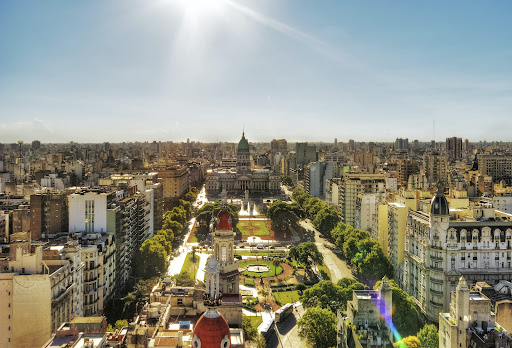 Photo Credit: Lonely Planet
Photo Credit: Lonely Planet
LGBTQIA+ Rights in Argentina
In the past two decades, Argentina has become more and more accepting of queer people. As a predominantly Catholic country, the church has had a strong grip on social, societal, and political norms of the country until recent times. According to a Pew Research Center Poll, 76% of people now have an accepting attitude towards the LGBTQIA+ community. .
For context, you wouldn’t get a second glance holding hands with someone of the same gender in Palermo and some parts of Barrio Norte, Recoleta, and San Telmo, but that can’t always be said for the rest of the city. Do be aware that physical attacks against LGBTQIA+ people aren’t common, but they do happen as in many other parts of the world and the United States, even.
Argentina is easily the most progressive in Latin America when it comes to LGBTQIA+ rights. Buenos Aires and a handful of other cities banned discrimination or harassment on the basis of sexual orientation or gender identity. Argentina as a whole has increased penalties for hate crimes based on sexual orientation, gender identity or expression.
Trans rights have progressed in recent years. In 2021, the government allowed people to register as neither male nor female on official documents. Since 2012, trans people have been able to change their legal gender without any barriers. Argentina has one of the most progressive transgender rights laws in the world, with the World Health Organization saying holds a model that other countries should follow.
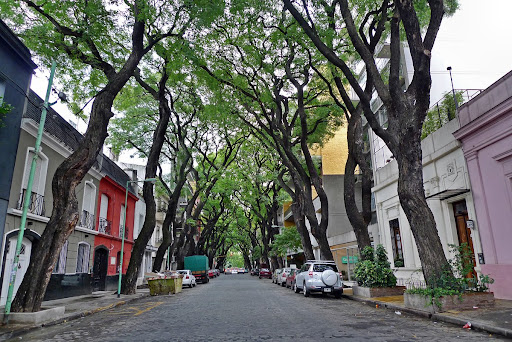 Photo Credit: Tripadvisor
Photo Credit: Tripadvisor
Neighborhoods
A sprawling capital city, Buenos Aires can feel intimidating at first. Just getting to know the neighborhoods is a challenge. It is divided into 48 official barrios, and some of those are further divided into sub-barrios. Palermo, for example, is broken into Palermo Soho, Palermo Hollywood, Palermo Chico, and several other areas whose borders blend into each other. Don’t worry, you’ll soon get the hang of it.
Unlike many other cities, there’s not one neighborhood where you’ll find most of the LGBTQIA+ community. Instead, you’ll find queer people spread out across the city, especially in the barrios of Palermo, Recoleta, Retiro, and San Telmo.
Palermo
It’s not surprising that Palermo is considered the heart of the LGBTQIA+ community in Buenos Aires. For one thing, it’s by far the largest of the city’s 48 neighborhoods, so there’s something for everyone here. The slice of Palermo known as Palermo Soho is famous for its designer boutiques, art galleries, and bookstores. Besides great displays in the shop windows, Palermo Soho has an impressive amount of street art. There are plenty of cafes in and around Plaza Cortázar. For a more substantial meal, head to Palermo Hollywood. This 20-block area is known for its trendy eateries and concentration of film and television studios (hence the name). Palermo Chico is another part of Palermo that has plenty of green space, along with museums like the MALBA Museum of Latin American Art.
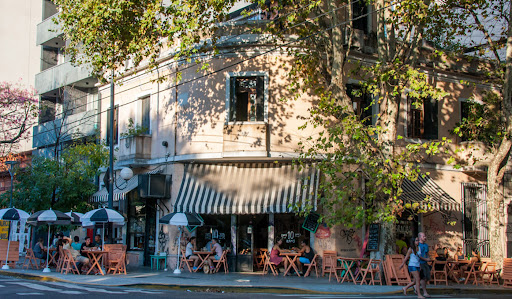 Photo Credit: Stay Unico
Photo Credit: Stay Unico
Recoleta
Home to Cementerio de la Recoleta, a cemetery so over-the-top that it’s one of the city’s most popular tourist destinations, Recoleta is worth a stroll to take a look at the mansions built for the city’s wealthy residents. The neighborhood also has one of the city’s biggest concentrations of LGBTQIA+ establishments, especially on and around Avenida Santa Fe.
 Photo Credit: Vogue.com
Photo Credit: Vogue.com
Retiro
Downtown’s trendiest shopping district, this neighborhood on the northeastern edge of the city has a number of LGBTQIA+ hangouts.
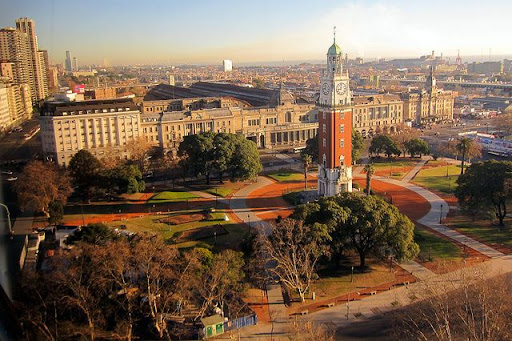 Photo Credit: Pinterest
Photo Credit: Pinterest
San Telmo
A little grittier than these other neighborhoods, San Telmo comes alive with street vendors on Sundays for the Feria de San Telmo. It’s home to a small but enthusiastic LGBTQIA+ community.
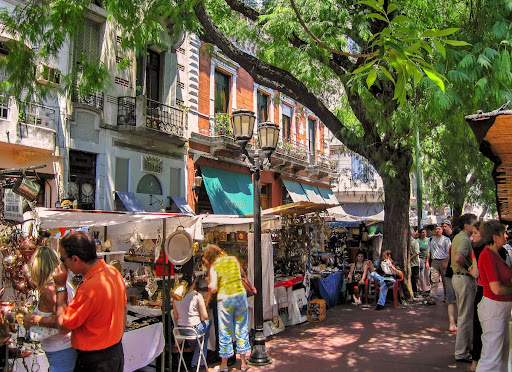 Photo Credit: Matadornetwork.com
Photo Credit: Matadornetwork.com
Where To Go First
Maricafé
This sweet little spot is a little bit of this, a little bit of that. Drop by early and it’s a café serving a surprisingly good cup of coffee. It serves sandwiches and other simple fare when you drop by for lunch or an early dinner. No matter when you’re here, get a load of the six-layer cake in every color of the rainbow. There’s a small but well-chosen selection of LGBTQIA+ themed books for sale. Maricafé is the perfect place to get information about local events.
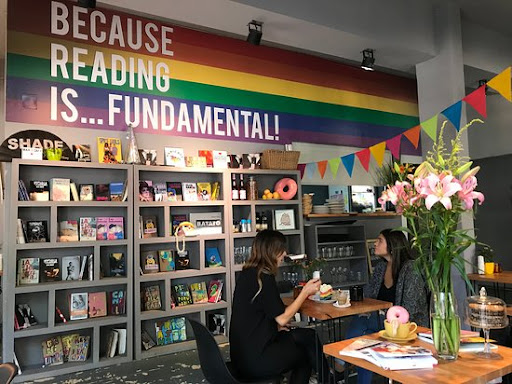 Photo Credit: Tripadvisor
Photo Credit: Tripadvisor
Museums
MALBA
The Museo de Arte Latinoamericano de Buenos Aires — better known around the world as MALBA — has one of the best collections of Latin American in the world. On top of that, the building itself is a work of art. Besides showing works by well-known queer artists like Frida Kahlo, the museum also hosts exhibits and film screenings on LGBTQIA+ themes.
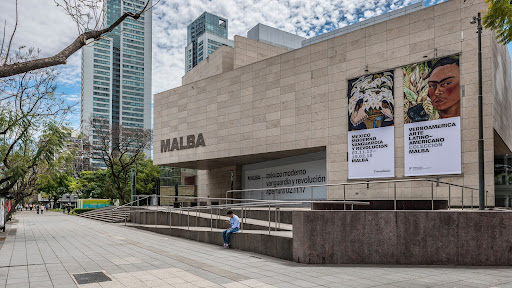 Photo Credit: Conde Nast Traveler
Photo Credit: Conde Nast Traveler
Where to Eat
Festival
In Palermo Hollywood, this longtime favorite is a good choice for an early dinner. When the weather’s warm, the best tables are on the patio surrounded by greenery.
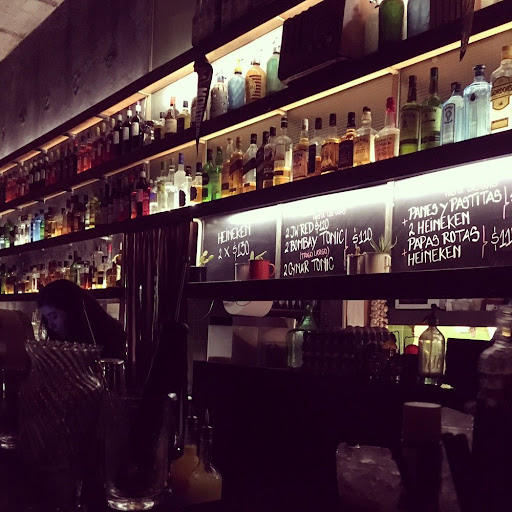 Photo Credit: Yelp
Photo Credit: Yelp
Gout Café
A narrow storefront in Recoleta is home to the Gout Café, a bakery that specializes in gluten-free pastries.
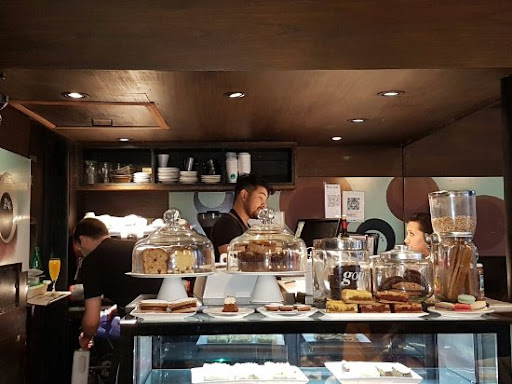 Photo Credit: Tripadvisor
Photo Credit: Tripadvisor
Pride Café
Students hang out at this corner café in San Telmo, which happens to be located across from the Universidad de Cine. It’s only open for breakfast and lunch, so stop by early and grab one of the silver-topped tables that spill out into the street.
 Photo Credit: Gay Buenos Aires
Photo Credit: Gay Buenos Aires
Annual Festivals
Buenos Aires Gay Pride
On the first or second Saturday in November, the streets of the capital city are painted the colors of the rainbow for Buenos Aires Gay Pride, which is officially known as the Marcha del Orgullo de la Ciudad de Buenos Aires. More than 100,000 people turn out for the annual event, making it among the largest in Latin America. The party kicks off from the Plaza de Mayo, right in front of the presidential palace.
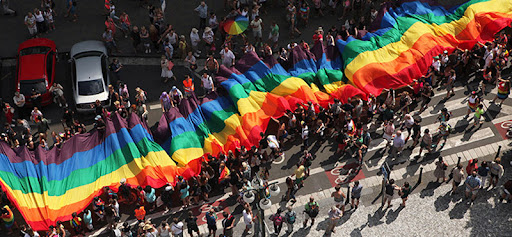 Photo Credit: Gay Buenos Aires
Photo Credit: Gay Buenos Aires
